Political parties shape the world and often reflect their nations’ histories. Some parties have stood the test of time, dating back centuries and embodying deep cultural roots. These parties witnessed major global changes and evolved to meet the demands of new eras. While their ideologies may differ, their influence remains undeniable. Here’s a look at some of the oldest political parties still active today.
Basilica of Our Lady of Peace, Yamoussoukro, Ivory Coast
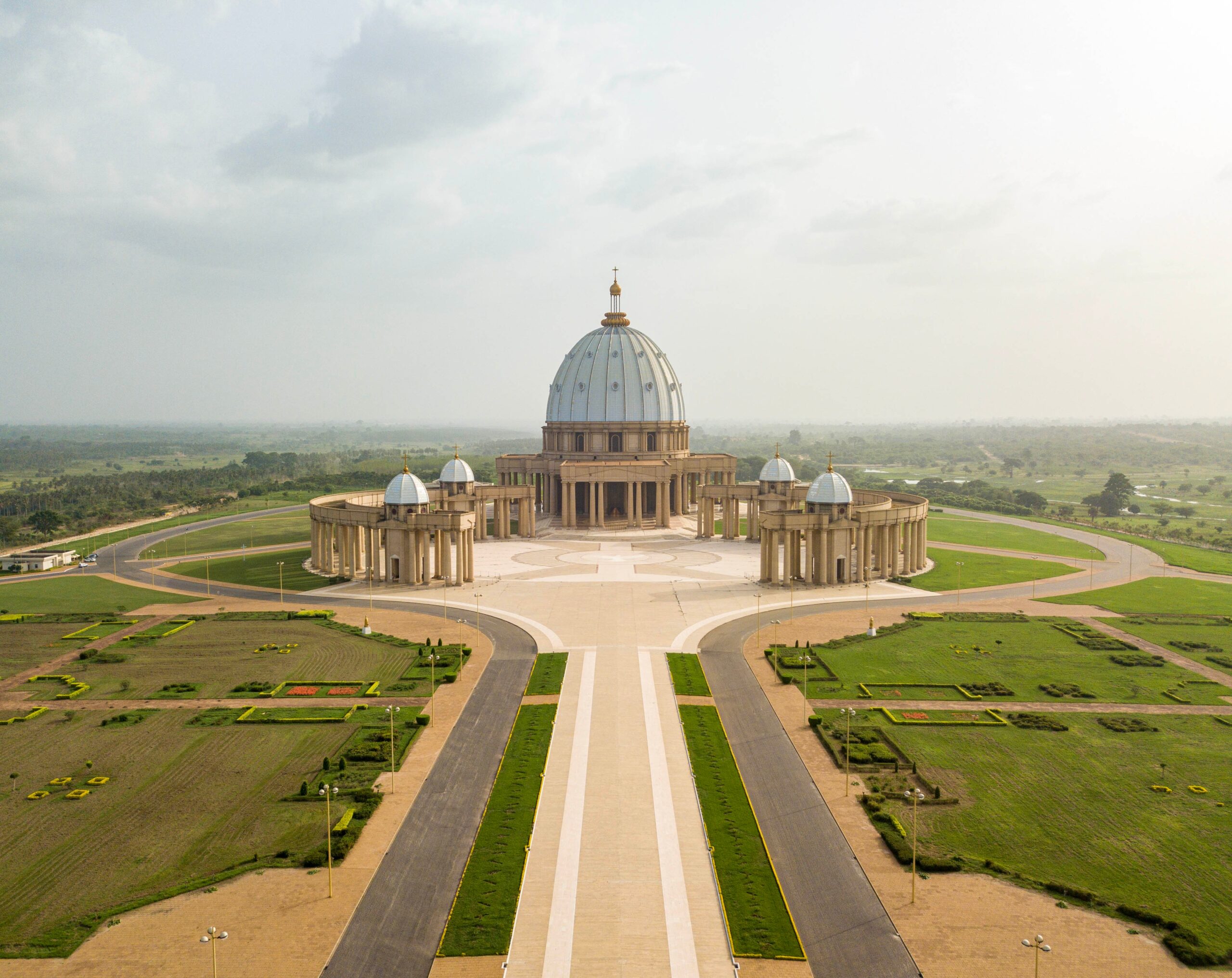
The Basilica of Our Lady of Peace in Yamoussoukro is the world’s largest church. It stretches over 30,000 square meters in area. Located in Ivory Coast’s capital, it is an architectural wonder blending Renaissance and African styles. The construction, completed in 1989, took only three years. Its dome and layout were inspired by St. Peter’s Basilica in Vatican City. The building is notable for its white marble and stained-glass windows. The basilica can hold over 18,000 worshippers. Its unique structure makes it a prominent landmark in the Ivory Coast.
St. Peter’s Basilica, Vatican City
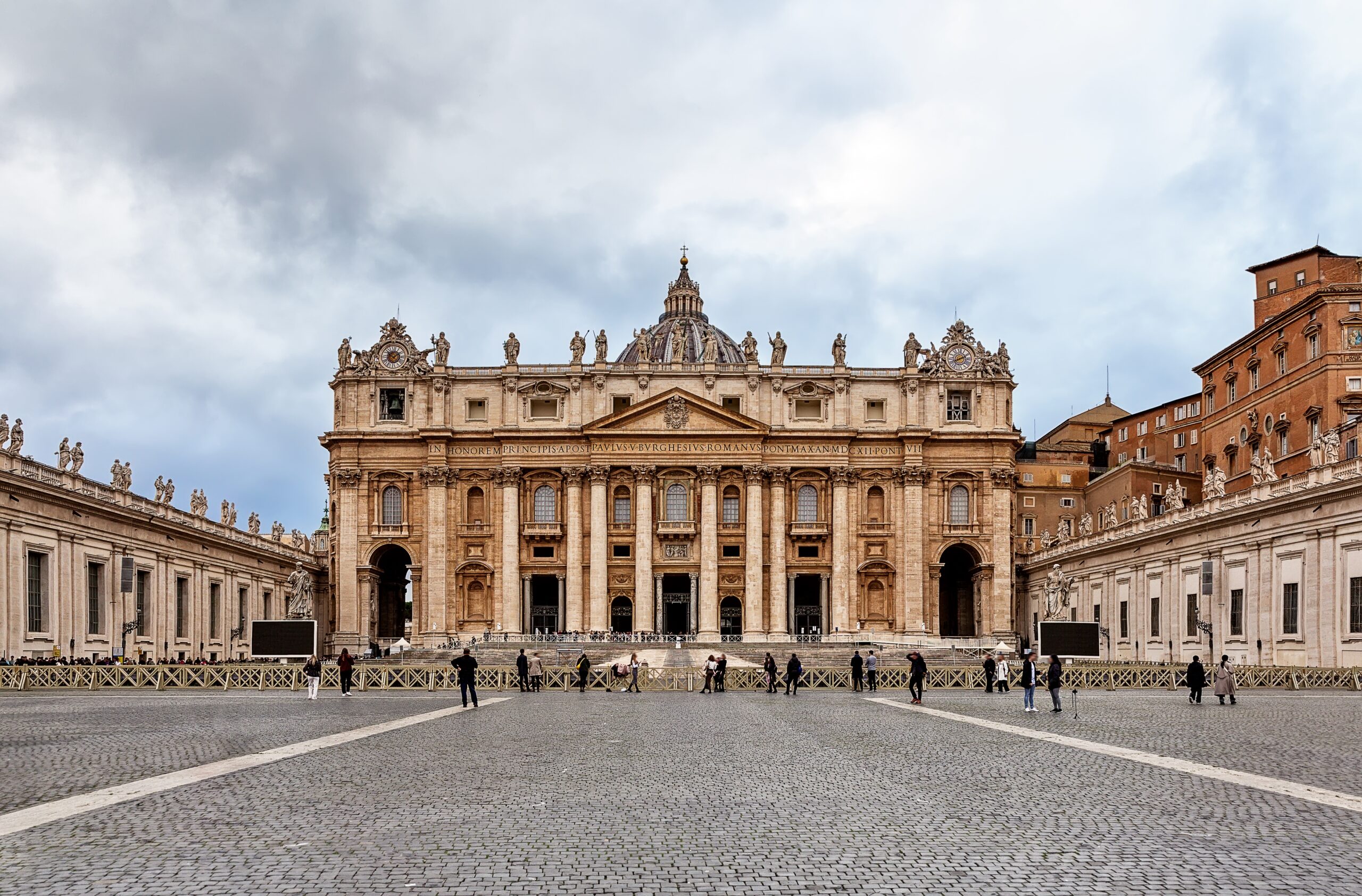
St. Peter’s Basilica is a historic symbol in Vatican City and one of Christianity’s holiest sites. This masterpiece spans an area of 15,160 square meters. Located in the heart of the Vatican, it took more than a century to complete. Renaissance artists Michelangelo and Bernini contributed to its design. The basilica’s iconic dome remains one of the tallest in the world. It holds the relics of St. Peter, a central figure in Christianity. Its grandeur and history attract millions of pilgrims and tourists annually.
Basilica of the National Shrine of Our Lady of Aparecida, Aparecida, Brazil
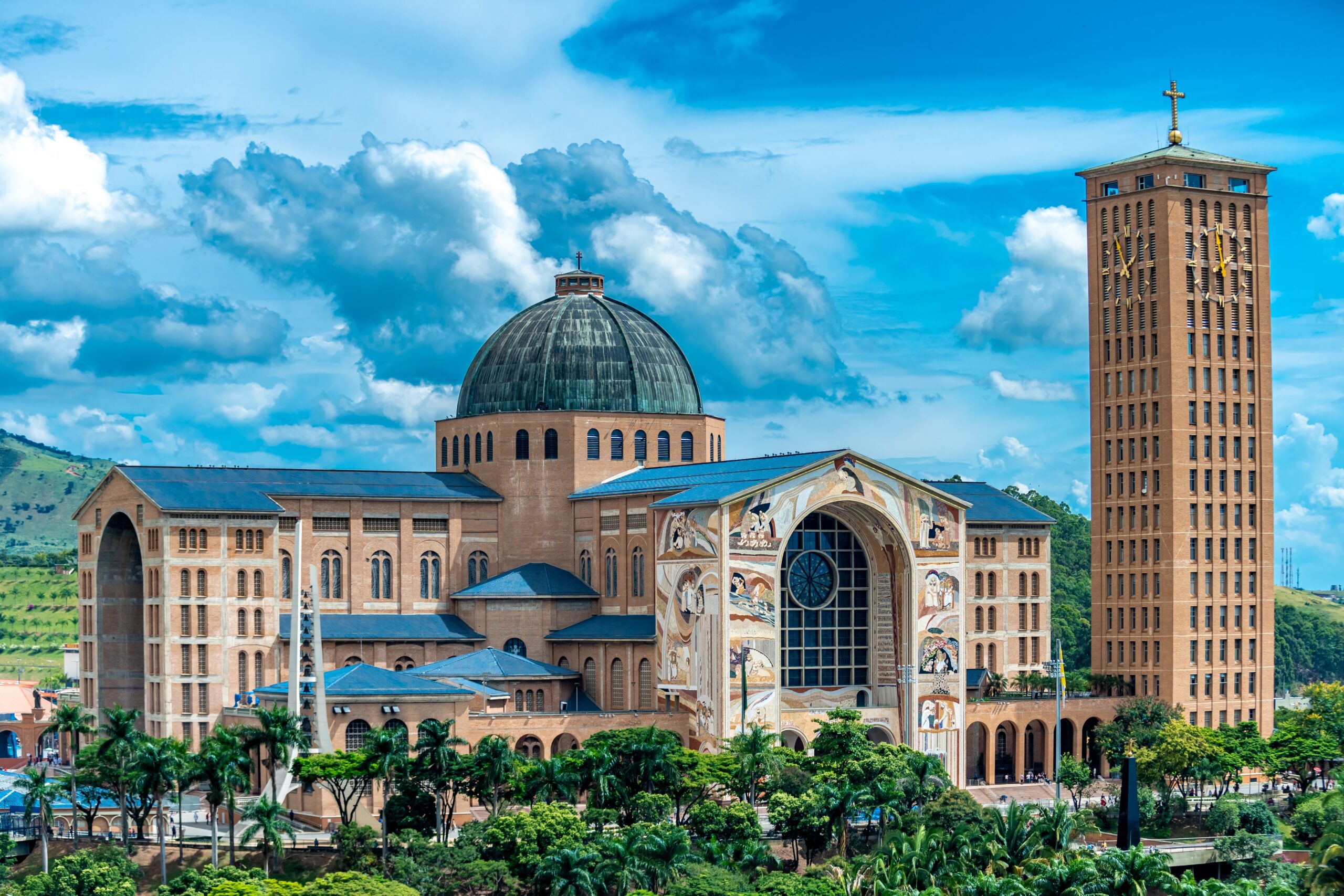
The Basilica of the National Shrine of Our Lady of Aparecida stands as the second-largest church in the world. Covering 12,000 square meters, it’s located in Aparecida, Brazil. Its construction began in 1955 and was completed in 1980. The basilica honors Our Lady of Aparecida, Brazil’s patron saint. Its towering blue-domed roof and red-brick exterior make it a striking sight. Designed in the Romanesque Revival style, it reflects Brazil’s cultural pride. It hosts millions of Catholic pilgrims annually, especially on religious feast days.
Milan Cathedral, Milan, Italy
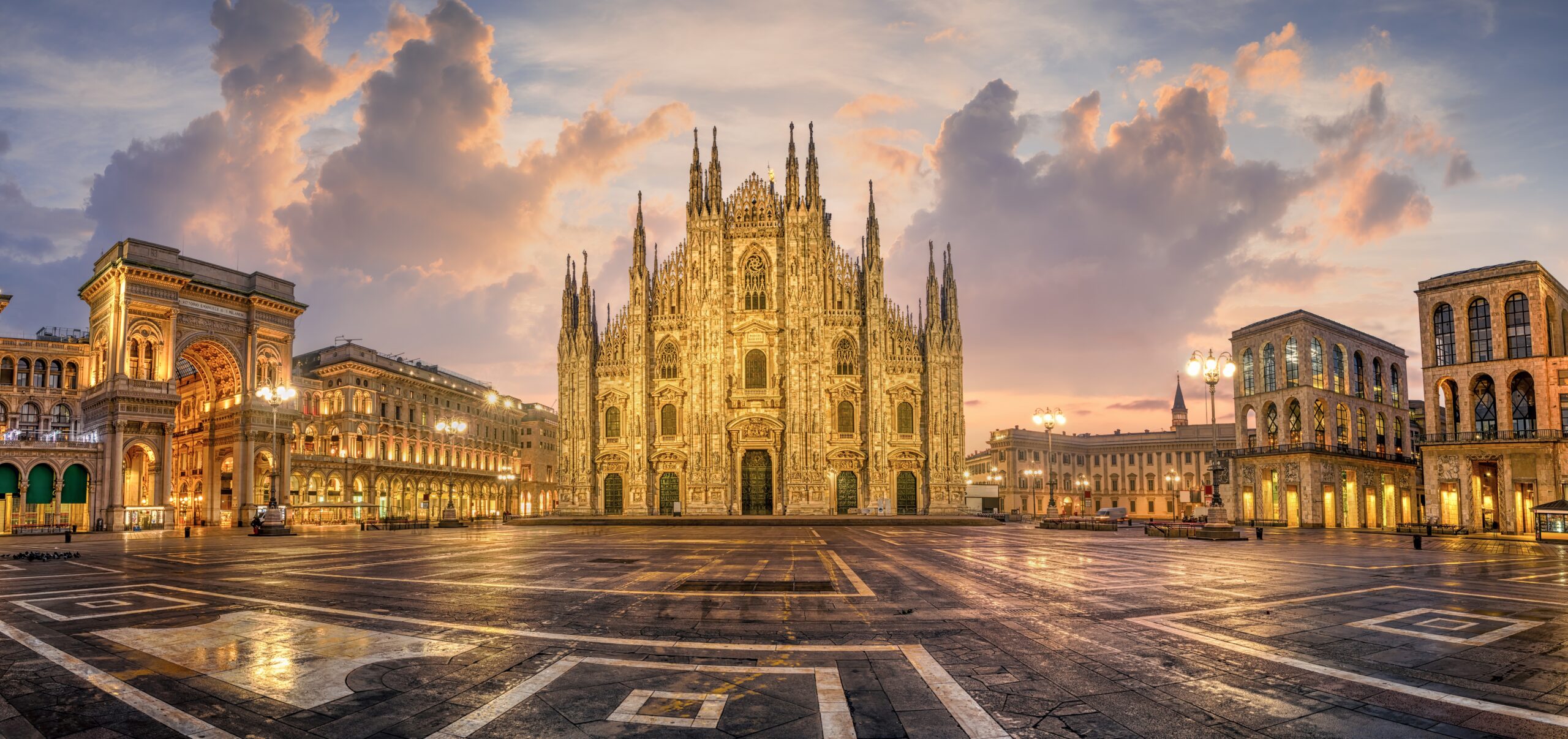
Milan Cathedral, or the Duomo di Milano, is an architectural marvel in Italy. Spanning an area of 11,700 square meters, it took nearly six centuries to complete. Located at the heart of Milan, its construction began in 1386 and was finalized in 1965. Its intricate Gothic design includes over 3,000 statues and 135 spires. The cathedral’s façade is made from striking white and pink marble. Inside, high arches and stained-glass windows cast colorful light across the vast nave. This landmark remains a centerpiece of Milan’s identity and culture.
Cathedral of Saint Mary of the See, Seville, Spain
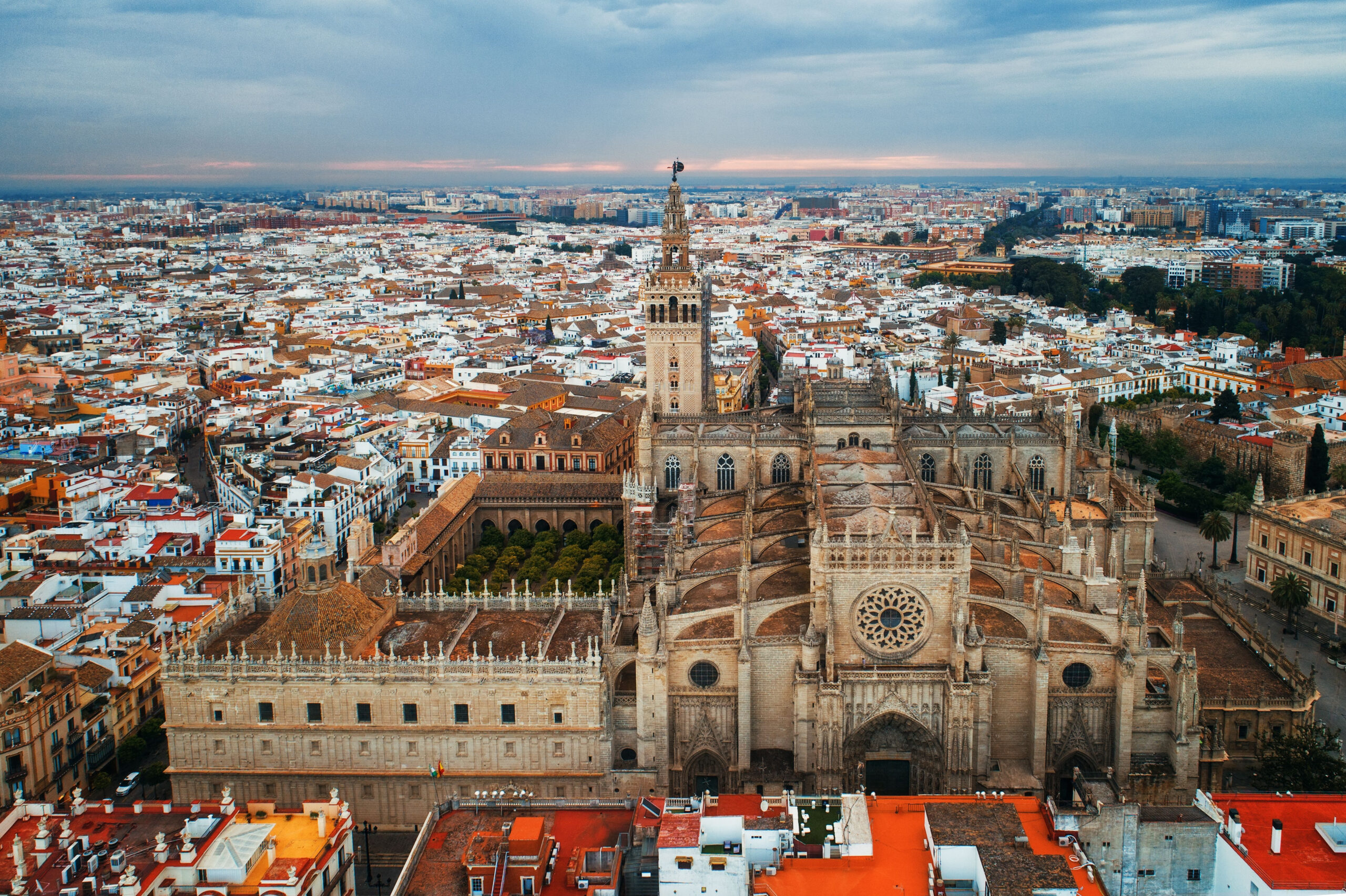
Seville’s Cathedral of Saint Mary of the See is the largest Gothic cathedral in the world. Covering 11,520 square meters, it was built on the site of a former mosque. Completed in 1507, its design reflects the wealth and power of Spain’s Golden Age. The cathedral’s Giralda tower, a former minaret, stands as a landmark. Inside, it houses the tomb of Christopher Columbus and a massive golden altarpiece. Stunning stained-glass windows light up the vaulted ceilings. This UNESCO site is an architectural treasure of Spain.
Cathedral of Saint John the Divine, New York City, USA
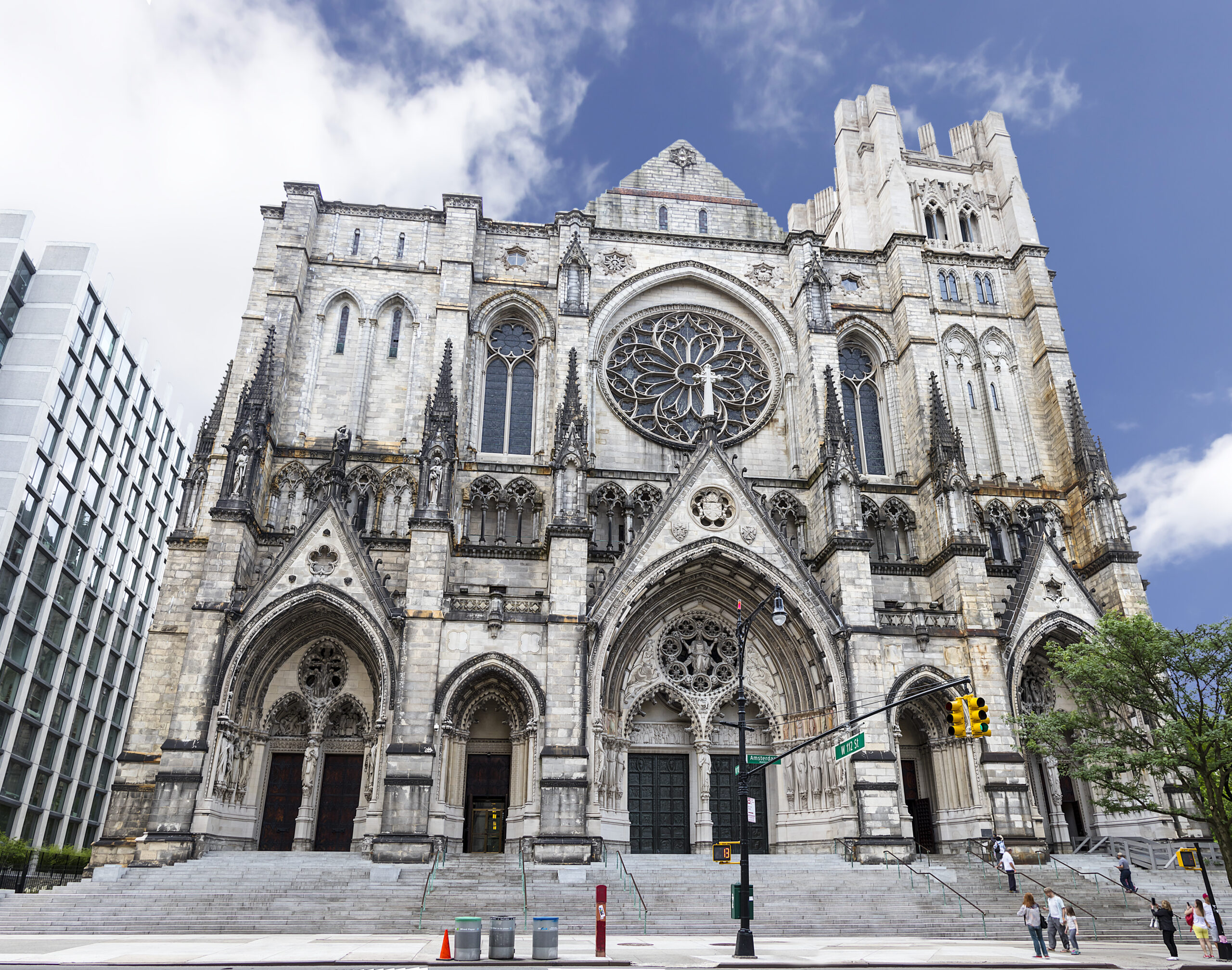
Located in New York City, the Cathedral of Saint John the Divine is one of the world’s largest cathedrals. Covering 11,200 square meters, it boasts Gothic Revival architecture. Construction began in 1892, though it remains unfinished. Its intricate carvings and vast interior showcase stunning craftsmanship. The cathedral is a hub for interfaith services and community events. Its impressive rose window is among the largest of its kind. The building reflects a blend of traditional and modern design elements.
Basilica of Our Lady of Lichen, Licheń Stary, Poland

The Basilica of Our Lady of Lichen in Licheń Stary, Poland, is one of Europe’s largest churches. Spanning 10,090 square meters, this impressive basilica was completed in 2004. Located in a serene area, its design reflects Polish religious and cultural heritage. The basilica features a 98-meter-tall dome and a towering 141-meter bell tower. Ornate murals and sculptures adorn the interior, with an altar dedicated to Our Lady of Sorrows. This church holds immense significance for Polish pilgrims. The basilica symbolizes unity, faith, and devotion in Poland.
Liverpool Cathedral, Liverpool, United Kingdom
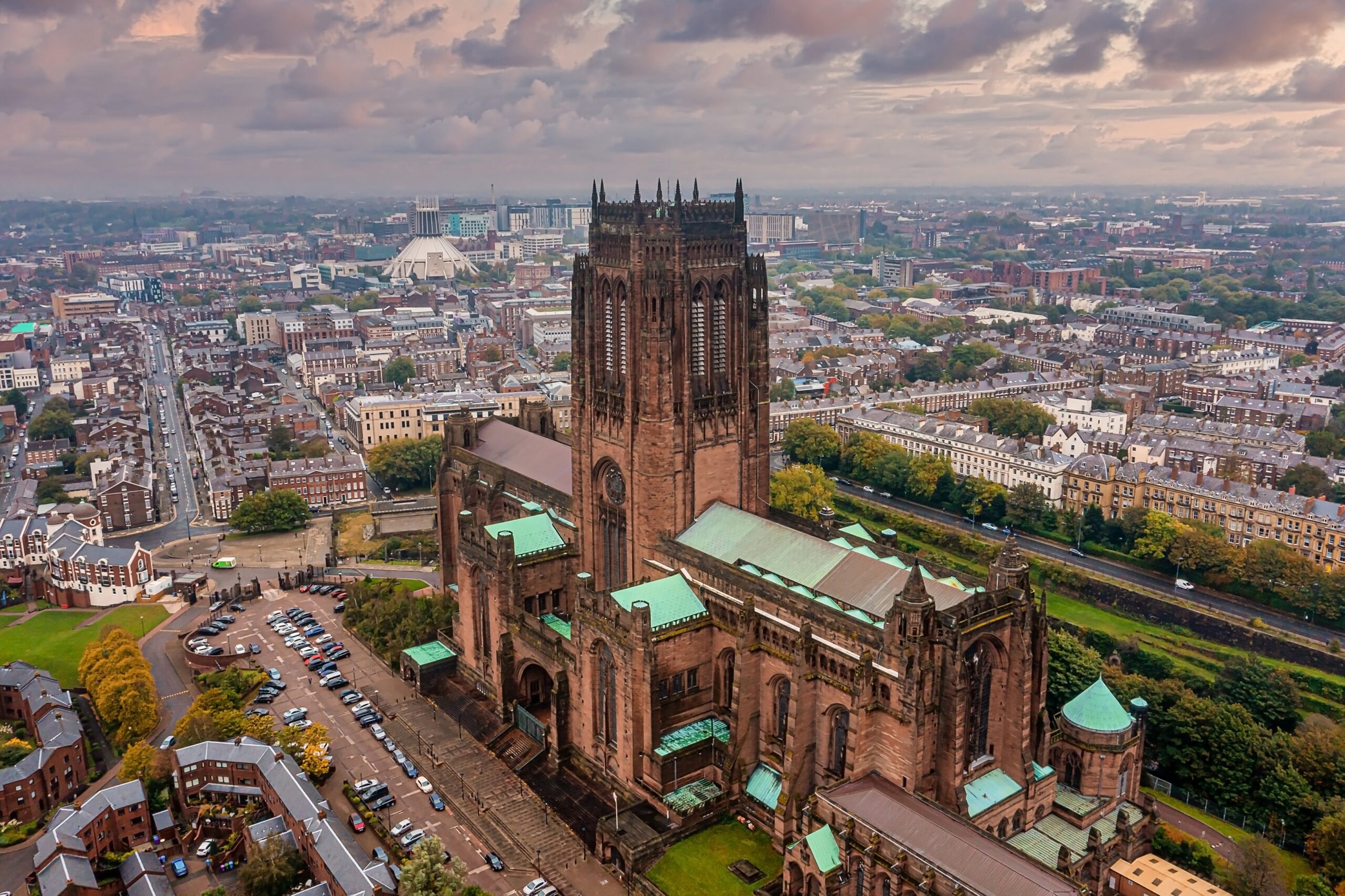
Liverpool Cathedral is the largest cathedral in the United Kingdom and an architectural giant. Covering around 9,687 square meters, it’s located in the heart of Liverpool. Construction began in 1904 and concluded in 1978. The cathedral features Gothic Revival architecture, designed by Sir Giles Gilbert Scott. Its towering bell tower is among the world’s highest. The spacious interior is characterized by massive arches and stained-glass windows. It stands as a symbol of Liverpool’s resilience and religious heritage.
Church of the Most Holy Trinity, Fátima, Portugal
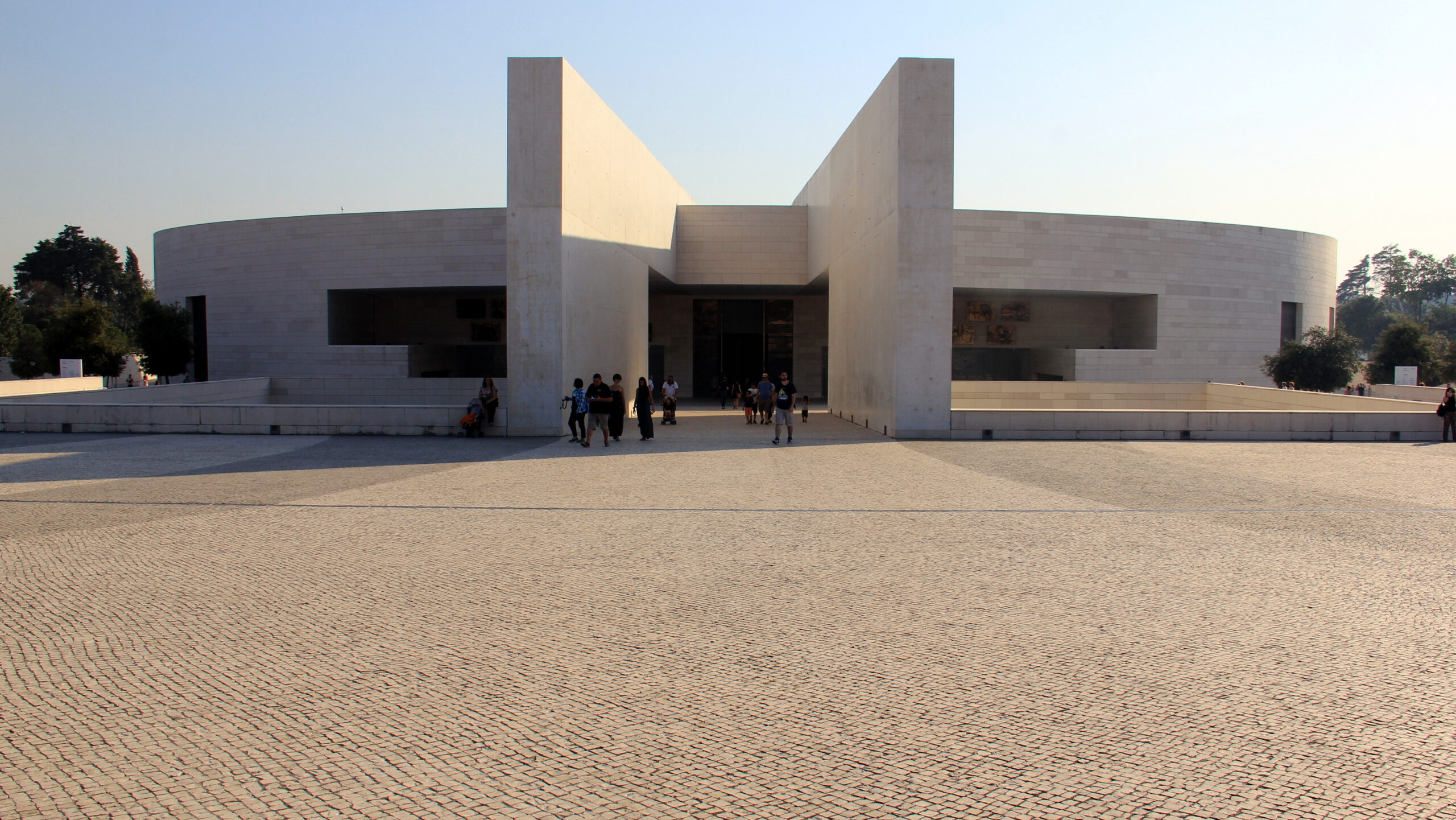
The Church of the Most Holy Trinity in Fátima, Portugal, is a modern marvel of religious architecture. It covers 8,700 square meters, making it one of the largest Catholic churches. Built between 2004 and 2007, it reflects a contemporary architectural style. The church was erected to accommodate Fátima’s growing number of pilgrims. Its circular design and minimalist interior create a tranquil atmosphere. This sacred space can hold up to 9,000 worshippers. It complements the older Basilica of Our Lady of Fátima nearby, uniting old and new traditions.
Basilica-Cathedral of Our Lady of the Pillar, Zaragoza, Spain

The Basilica-Cathedral of Our Lady of the Pillar stands as a historic symbol in Zaragoza, Spain. Covering an area of about 8,318 square meters, it’s among the oldest Marian shrines in Europe. The basilica was completed in the 18th century and blends Baroque, Gothic, and Renaissance styles. Located along the Ebro River, it holds the venerated image of the Virgin Mary. Four large domes and eleven cupolas crown its structure, adding grandeur. The interior features intricate frescoes by Francisco Goya. This basilica remains a major site of pilgrimage in Spain.
Ulm Minster, Ulm, Germany

Ulm Minster is the tallest church in the world, with a towering spire reaching 161.5 meters. Located in Ulm, Germany, it spans an area of 8,260 square meters. This Gothic masterpiece was completed in 1890 after centuries of construction. The church’s interior features intricate woodwork and stained-glass windows. Its high ceilings and vast nave create a sense of grandeur and space. Ulm Minster’s spire is a defining feature of the city’s skyline. This church remains a significant religious and historical symbol in Germany.
Cologne Cathedral, Cologne, Germany
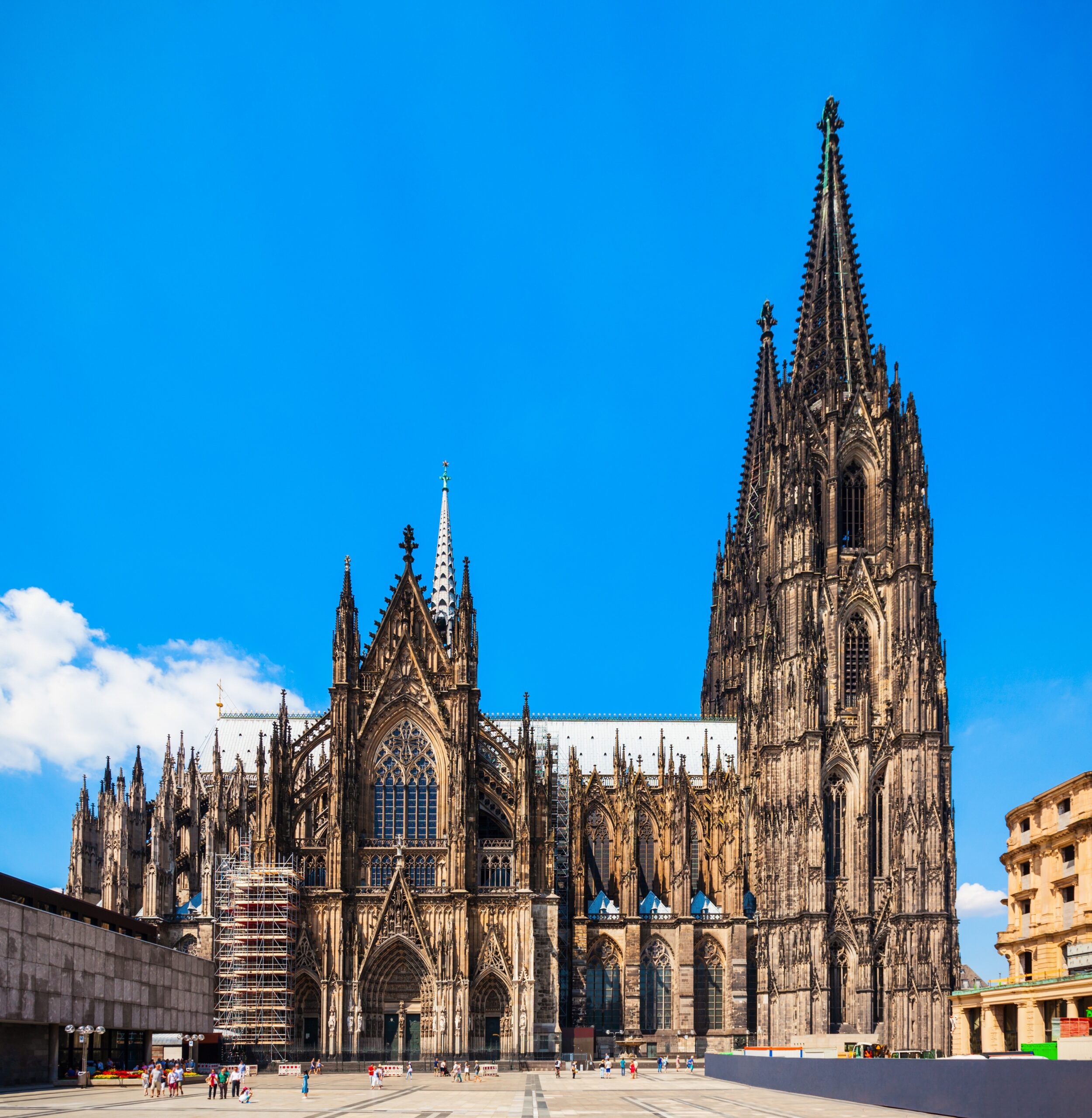
Cologne Cathedral is Germany’s most iconic and largest Gothic cathedral. With an area of 7,914 square meters, its twin spires reach 157 meters high. Construction began in 1248, but it was only completed in 1880. Located along the Rhine River, the cathedral dominates Cologne’s skyline. The interior houses the Shrine of the Three Kings, a treasured relic. Stunning stained-glass windows depict biblical scenes in vivid colors. This UNESCO World Heritage site remains a central place of worship and a landmark of Cologne’s heritage.
Cathedral of Our Lady of Amiens, Amiens, France
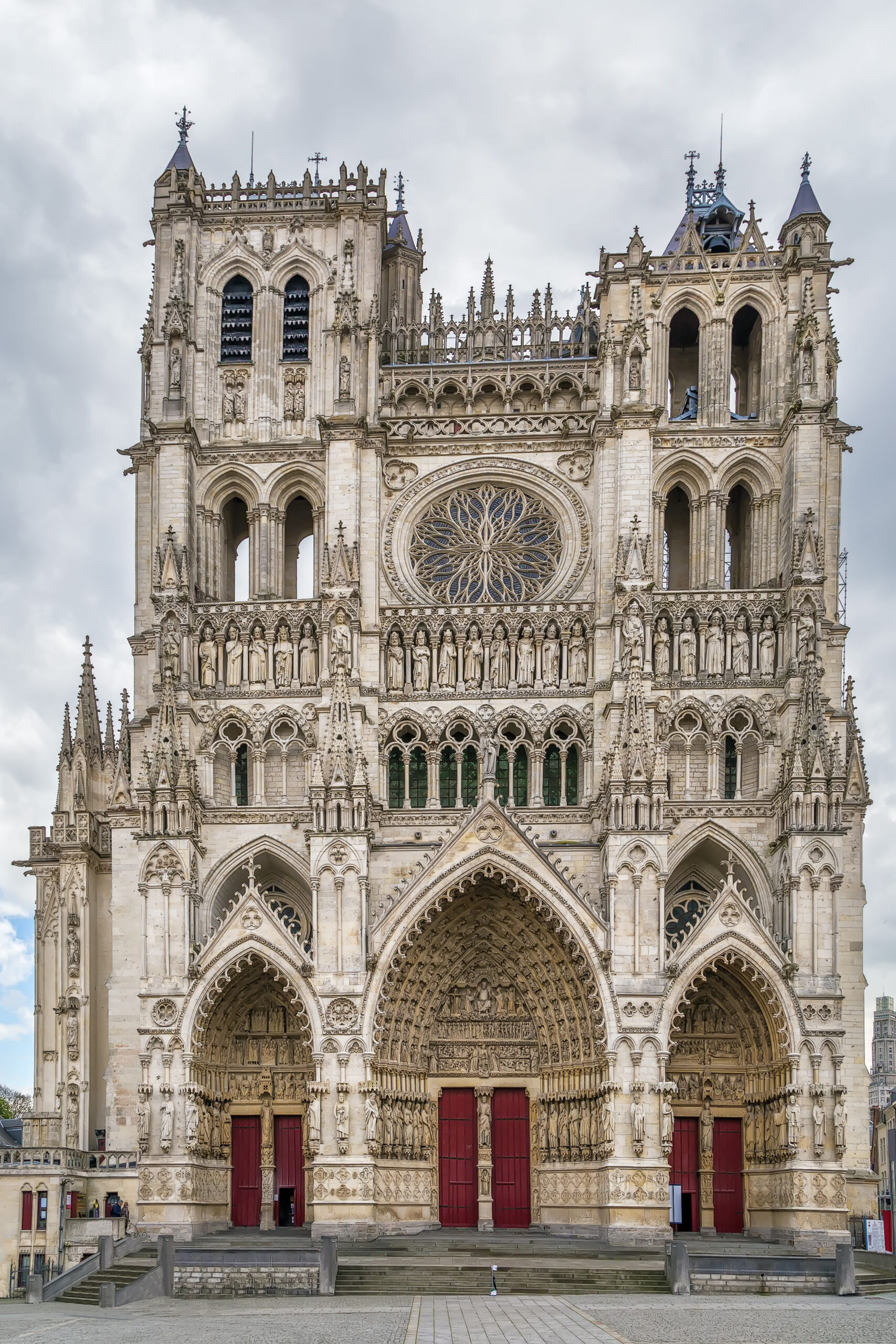
The Cathedral of Our Lady of Amiens, or Amiens Cathedral, is a masterpiece of French Gothic architecture. Spanning 7,700 square meters, it stands tall in the city of Amiens. Completed in 1270, the cathedral’s design aimed to create a “heavenly Jerusalem.” Its towering facade, with three elaborate portals, depicts biblical stories. The interior is equally magnificent, with high vaulted ceilings and stunning stained glass. Sculptures and carvings fill every corner, adding artistic detail. It is one of the largest cathedrals in France and a UNESCO World Heritage site.
Saint Sava Temple, Belgrade, Serbia
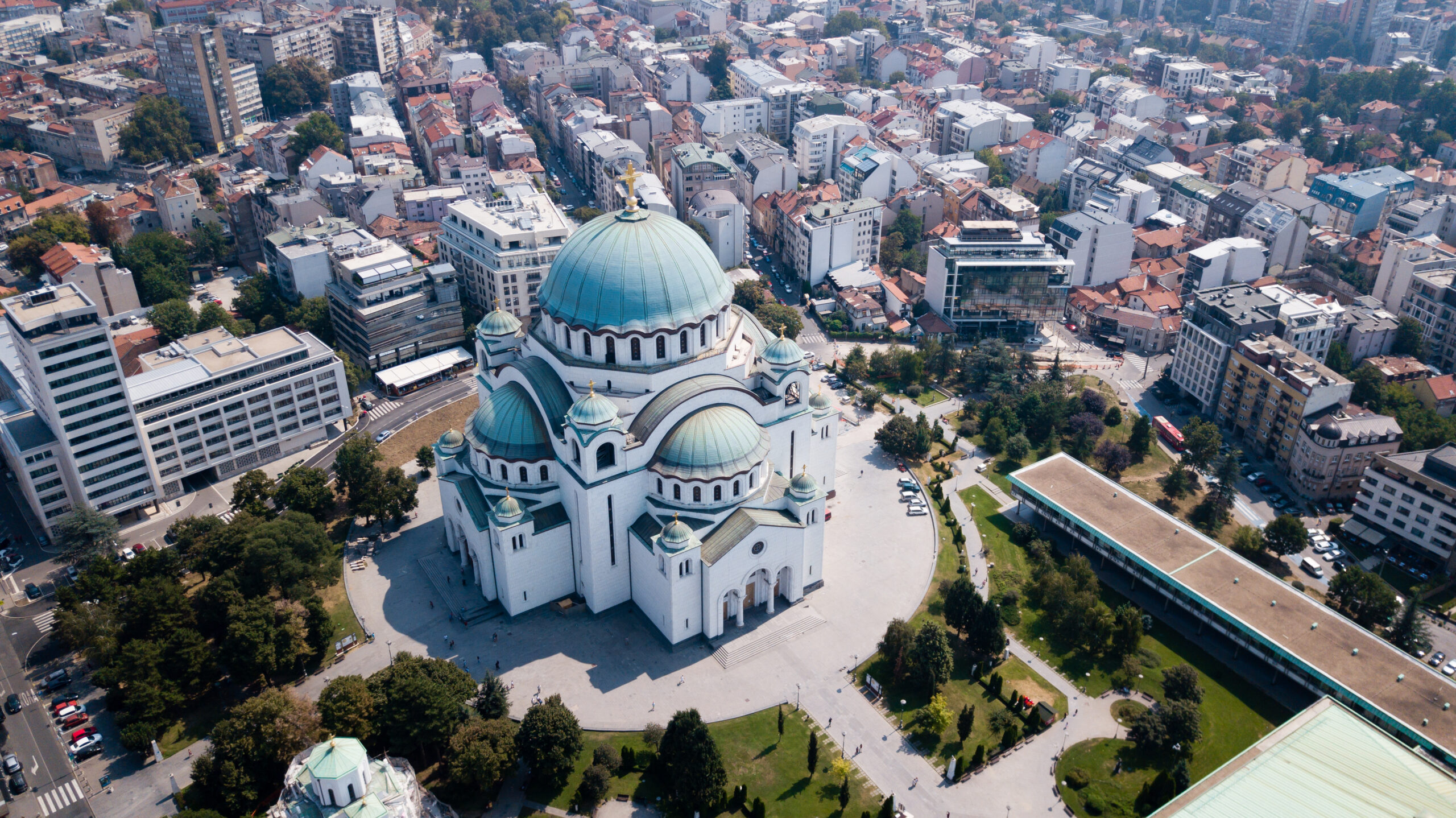
The Saint Sava Temple in Belgrade, Serbia, is one of the largest Orthodox churches in the world. Encompassing around 3,500 square meters, its design is inspired by Byzantine architecture. Located on the Vračar plateau, its construction began in 1935 but faced delays. The temple’s central dome reaches 70 meters, visible across Belgrade’s skyline. Marble and gold mosaics cover the walls, showcasing Serbian Orthodox artistry. The interior is lavishly decorated with frescoes and religious symbols. This temple remains a central place of worship and cultural pride for Serbians.
This article originally appeared on Rarest.org.
More from Rarest.org
10 Largest Lego Sets Ever Made

LEGO has produced some truly massive and intricate sets over the years, captivating builders with iconic recreations of famous landmarks, movie scenes, and imaginative designs. Read More.
10 Oldest Castles in the World

Castles are some of the most enduring symbols of history, offering a glimpse into the past through their architecture and stories. Read More.
10 Largest Mosques in the World
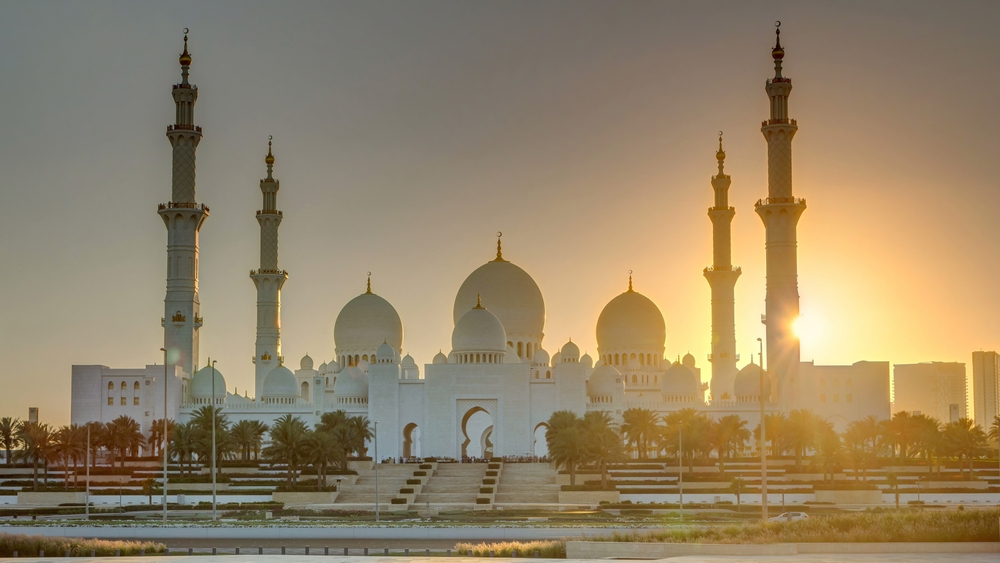
Mosques are not just places of worship but also architectural marvels that represent the cultural, spiritual, and artistic heritage of the Islamic world. Read More.
